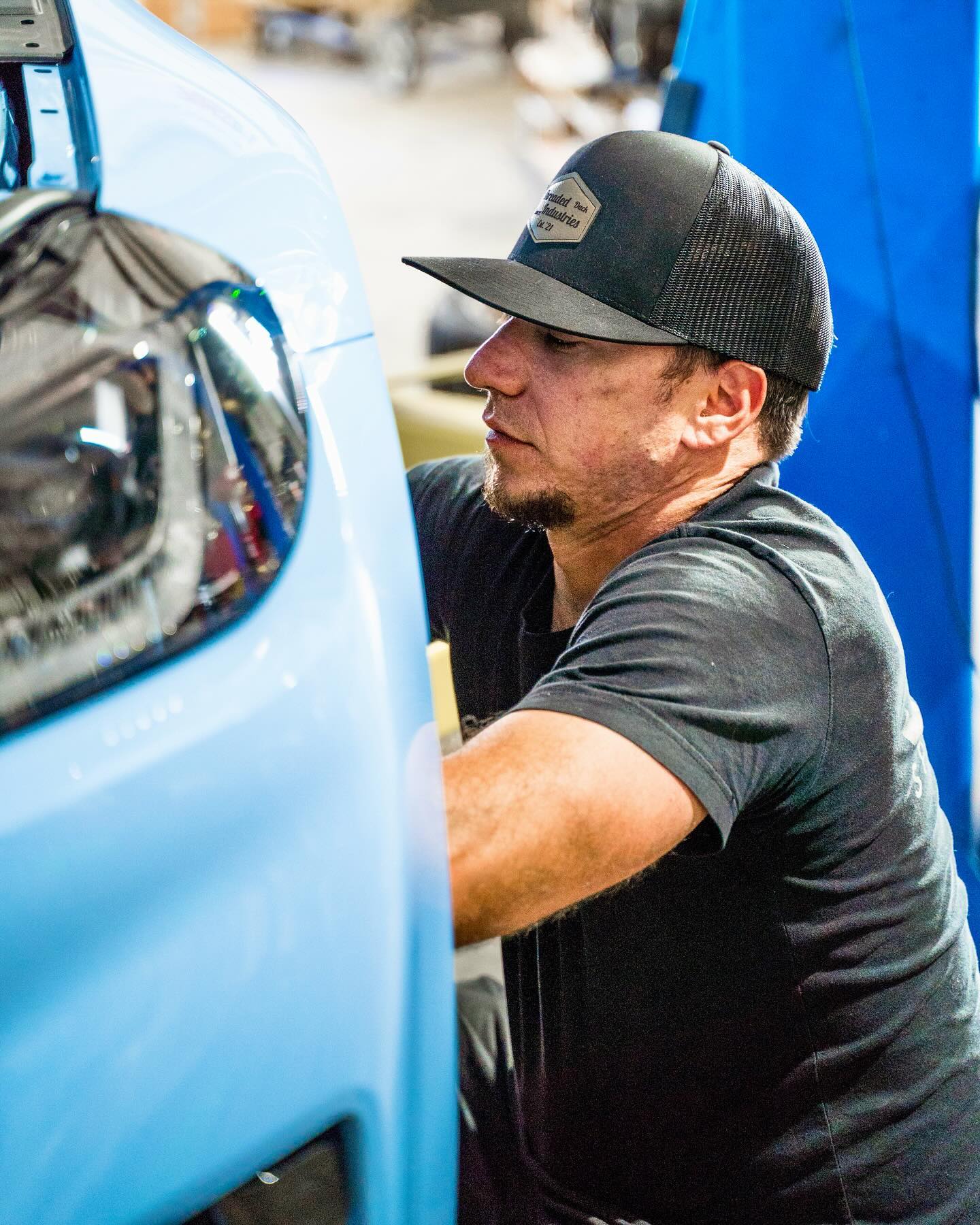
How European Car Maintenance Differs from American Car Care
Maintaining a vehicle can be a complex endeavor, especially when considering the stark differences between European and American car care practices. As car manufacturers in Europe and America design vehicles tailored to their respective markets, the nuances in engineering, maintenance schedules, and repair practices can be significant. In this article, we will explore the intricacies of European car maintenance, delve into the distinctions between German auto service and American car care, and provide actionable insights to help vehicle owners make informed decisions regarding their automotive needs.
Key Engineering Differences Between European and American Vehicles
The engineering philosophies behind European and American vehicles differ significantly, impacting how they should be maintained. European cars, often celebrated for their precision engineering and advanced technology, tend to incorporate high-performance components designed for a specific driving experience. In contrast, American vehicles are typically built with a focus on durability and a more straightforward approach to performance.

Performance and Design Philosophy
European manufacturers like Audi and BMW prioritize performance and handling, often resulting in tighter tolerances and advanced materials. For instance, many European cars feature turbocharged engines and sophisticated suspension systems that require specific maintenance practices.
European vehicles often use synthetic oils and specialized fluids that cater to their advanced engineering.
The design of parts can be more intricate, necessitating precise replacements and repairs.
American vehicles, on the other hand, generally emphasize reliability and ease of repair. The approach tends to favor straightforward designs that are less expensive to manufacture, thus influencing maintenance practices.
Parts are often more generic and widely available, making repairs simpler and more cost-effective.
Maintenance schedules may be more flexible, allowing for a broader range of service options.
Impact on Maintenance Practices
Understanding these engineering differences is crucial for effective European car maintenance. Owners of vehicles from European manufacturers should be aware that the complexity of their cars often means more specialized care is necessary. This includes adhering to specific service intervals and utilizing OEM parts to maintain vehicle integrity.
Regular diagnostics and performance checks are essential to ensure that all components function optimally.
Ignoring the specific requirements of European cars can lead to long-term issues that may not manifest immediately.
Why Oil Change Intervals and Fluid Specs Aren't One-Size-Fits-All
One of the most common misconceptions about car maintenance is that oil change intervals and fluid specifications are universally applicable. This belief can lead to significant issues, especially for European vehicles, where manufacturers have strict guidelines.
The Importance of Manufacturer Specifications
European car manufacturers often specify unique oil types and change intervals based on the engine's design and performance characteristics. For example, Audi and BMW may require specific synthetic oils that meet stringent performance standards. These oils are engineered to provide optimal protection and performance, particularly under high-stress driving conditions. Audi service guidelines are a prime example of such specifications.
Following the manufacturer's guidelines ensures that the engine operates efficiently and reduces the risk of wear and tear.
Using the wrong type of oil can lead to increased engine friction and potential damage over time.
In contrast, American vehicles may have broader tolerances for oil types, allowing owners to use various brands and types without immediate consequences. However, this flexibility can lead to neglect of maintenance schedules, ultimately resulting in reduced engine performance.
Recommended Maintenance Practices
To ensure optimal performance and longevity of European vehicles, owners should:
Adhere to the manufacturer's recommended oil change intervals.
Use only the specified oil types and fluids as outlined in the owner’s manual.
Regularly check fluid levels and quality to prevent any deterioration.
By following these practices, owners can maintain their vehicles in peak condition, avoiding costly repairs down the line.
Parts Availability and Why OEM Matters More for Euro Cars
When it comes to car repairs, parts availability can vary significantly between European and American vehicles. European cars often require Original Equipment Manufacturer (OEM) parts to maintain performance and reliability, while American vehicles may have more generic alternatives.

The Role of OEM Parts
OEM parts are designed to meet the exact specifications of the vehicle, ensuring compatibility and performance. For European cars, using OEM parts is crucial due to the precision engineering involved. For example, an OEM brake pad for a BMW is specifically designed to work with the vehicle's braking system, providing optimal performance and safety.
Using non-OEM parts can compromise the vehicle’s performance, potentially leading to safety issues.
Warranty claims may be voided if non-OEM parts are used during repairs.
In contrast, American vehicles often have a wider variety of aftermarket parts available, which can be more cost-effective. While these parts can be suitable for maintenance, they may not always provide the same level of performance or reliability as OEM parts.
Recommendations for Parts Sourcing
For those maintaining European vehicles, it is advisable to:
Source OEM parts from authorized dealers or reputable suppliers.
Keep a list of recommended parts for routine maintenance to ensure quick access when needed.
Consult with a specialized mechanic familiar with European car maintenance for sourcing and installation.
By prioritizing OEM parts, owners can ensure their vehicles continue to perform at the highest level. To further understand the importance of preventive maintenance, explore how preventive maintenance extends vehicle life.
How Diagnostic Systems Differ—and Why Generic Tools Fall Short
The diagnostic systems used in European cars are often more advanced than those found in American vehicles. These systems are designed to provide detailed information about the vehicle's performance and can pinpoint issues more accurately.
The Complexity of European Diagnostic Tools
European manufacturers typically utilize proprietary diagnostic tools that communicate directly with the vehicle's onboard computer systems. For example, Audi and BMW have specific software that can only be accessed through dealer-level equipment. These tools can perform comprehensive diagnostics, allowing for precise identification of issues.
Generic diagnostic tools may miss critical codes or provide inaccurate readings, leading to ineffective repairs.
Specialized tools can also offer insights into performance metrics that are vital for maintaining the vehicle.
American vehicles, while generally compatible with more generic diagnostic tools, may not always provide the same depth of information. This can lead to a more trial-and-error approach to repairs, which is less efficient and potentially more costly in the long run.
Best Practices for Diagnostics
To ensure effective diagnostics and repairs, European car owners should:
Utilize specialized diagnostic tools that are compatible with their vehicle make and model.
Regularly update diagnostic software to ensure accuracy.
Consult with certified technicians who have access to manufacturer-specific tools and training.
By employing these strategies, owners can effectively manage their vehicles' health and address issues before they escalate into costly repairs.
The Cost of Ignoring Factory-Specific Maintenance on European Cars
Ignoring factory-specific maintenance can lead to significant financial consequences for owners of European vehicles. The intricate engineering and high-performance components of these cars require adherence to manufacturer guidelines to avoid costly repairs and safety issues.
Long-Term Consequences of Neglect
Failure to follow factory-specific maintenance can result in a range of issues, from reduced vehicle performance to complete mechanical failures. For example, neglecting to replace timing belts or water pumps at the recommended intervals can lead to catastrophic engine damage, which is often more expensive than regular maintenance.
The cost of repairs can far exceed the price of routine maintenance, making it crucial for owners to stay vigilant.
Safety features may also be compromised if maintenance is neglected, putting drivers and passengers at risk.
In many cases, the cost of ignoring factory-specific maintenance is not just financial; it can also lead to a loss of vehicle reliability and safety, which can be detrimental to the owner’s peace of mind.
Strategies for Effective Maintenance Management
To avoid the pitfalls of neglecting maintenance, European car owners should:
Maintain a detailed service history to track maintenance and repairs.
Schedule regular inspections and maintenance checks with certified technicians.
Stay informed about recalls or service bulletins related to their specific vehicle model.
By taking these proactive measures, owners can safeguard their investment and ensure that their vehicles remain in optimal condition.
Performance Shop in OKC
Understanding the nuances of European car maintenance is essential for owners who wish to preserve the integrity and performance of their vehicles. From recognizing the key engineering differences between European and American cars to appreciating the importance of OEM parts and specialized diagnostic tools, the path to effective car care is paved with knowledge and diligence. By adhering to factory-specific maintenance guidelines, utilizing the right parts, and seeking specialized service, owners can avoid costly mistakes and enjoy the full benefits of their European vehicles.
Ready to Treat Your European Car the Way It Deserves?
Don’t trust cookie-cutter maintenance with your precision-built vehicle. At SPEEDhaus, we specialize in European car care that matches OEM standards and performance expectations — not just oil changes and guesswork. Whether it’s a BMW, Audi, or VW, our technicians understand the difference.
→ Book your next service and experience the SPEEDhaus standard.

